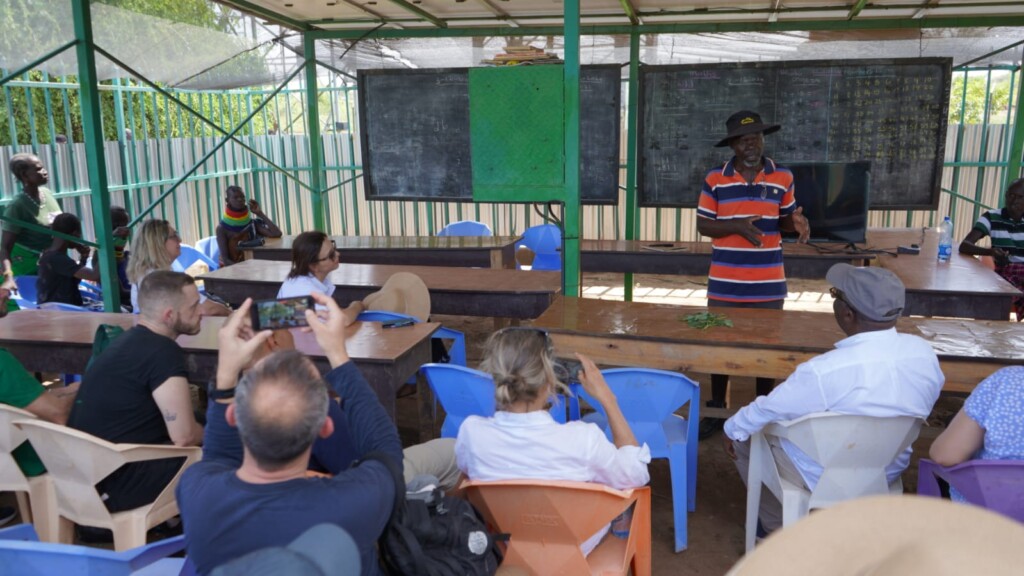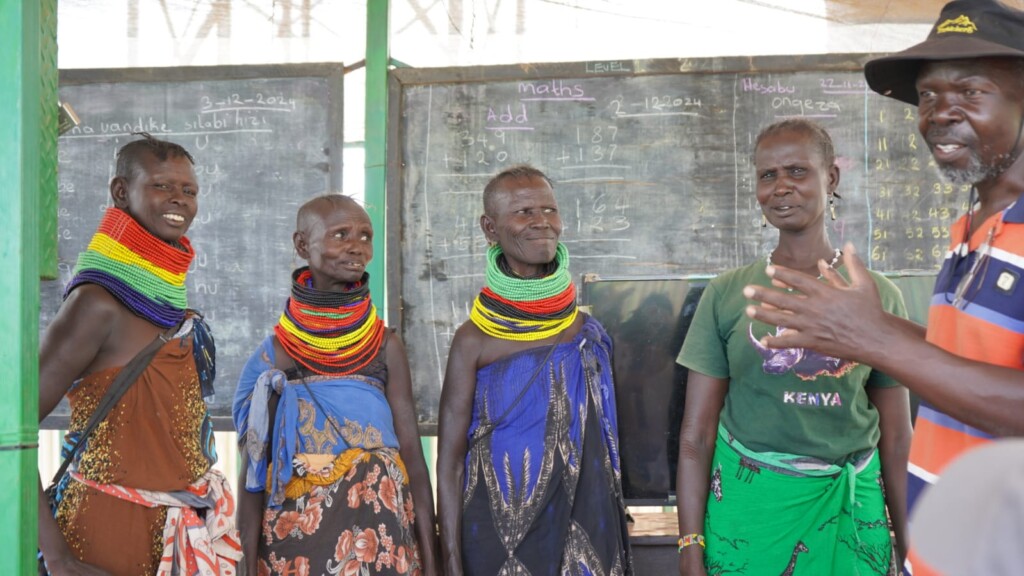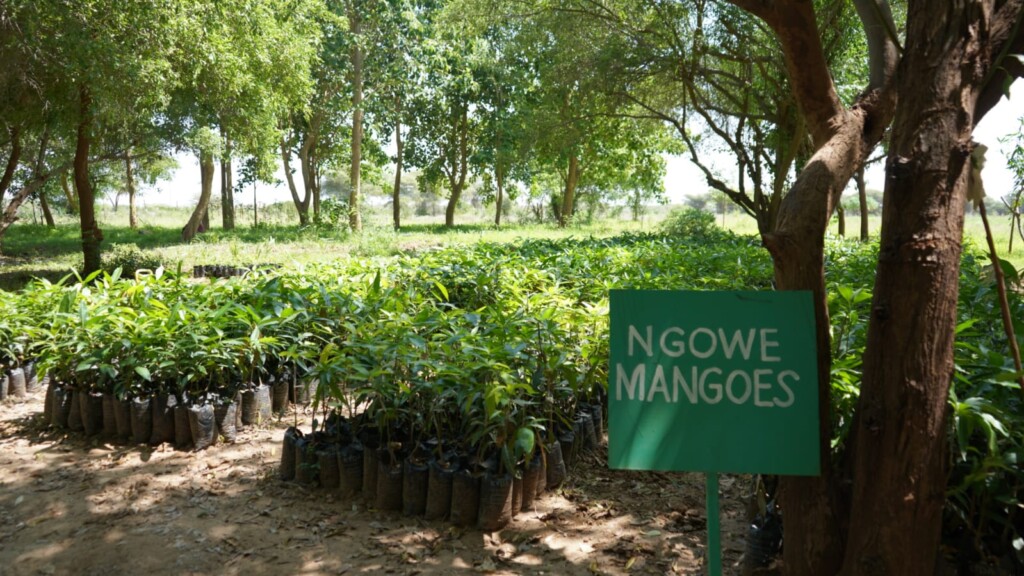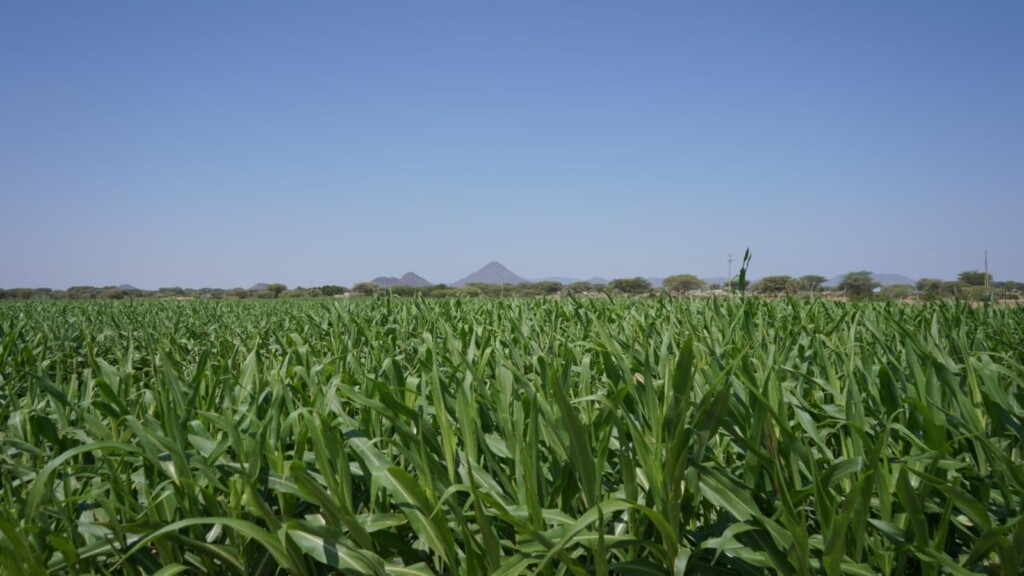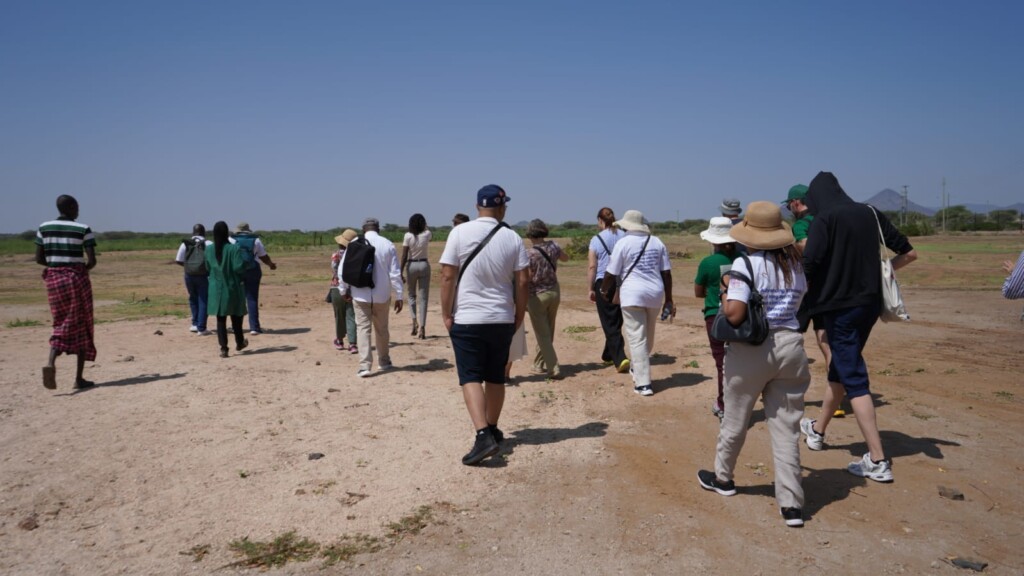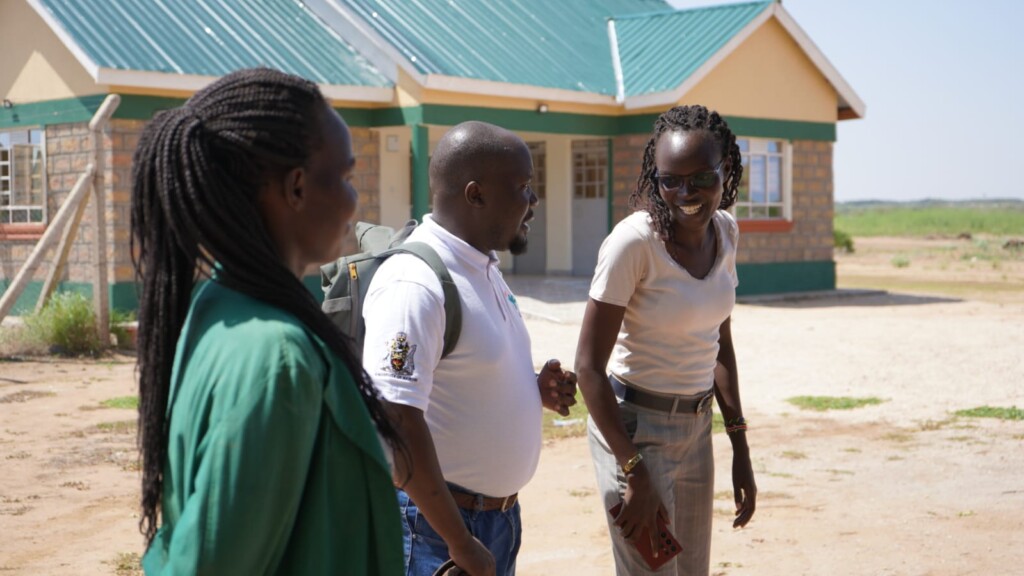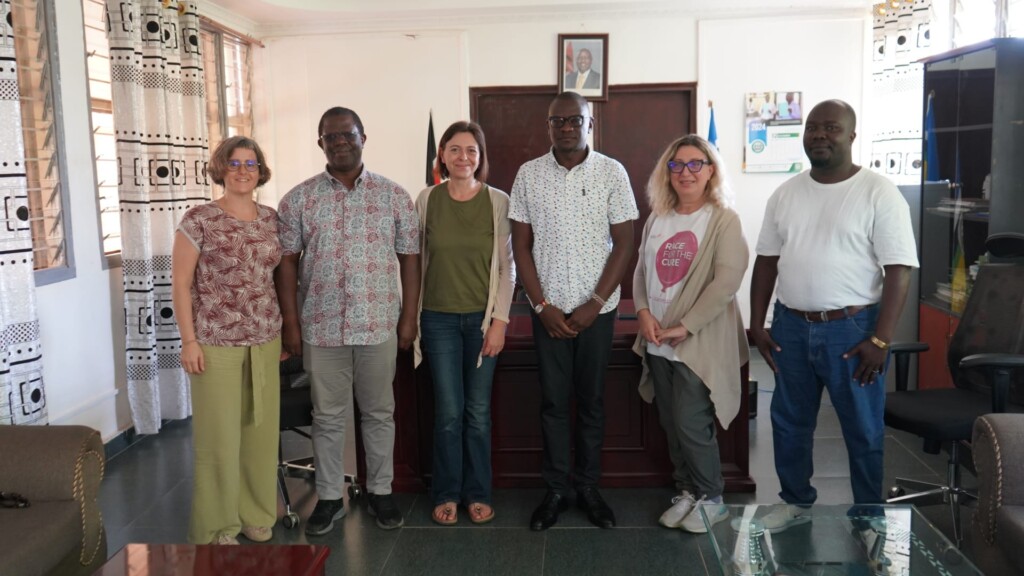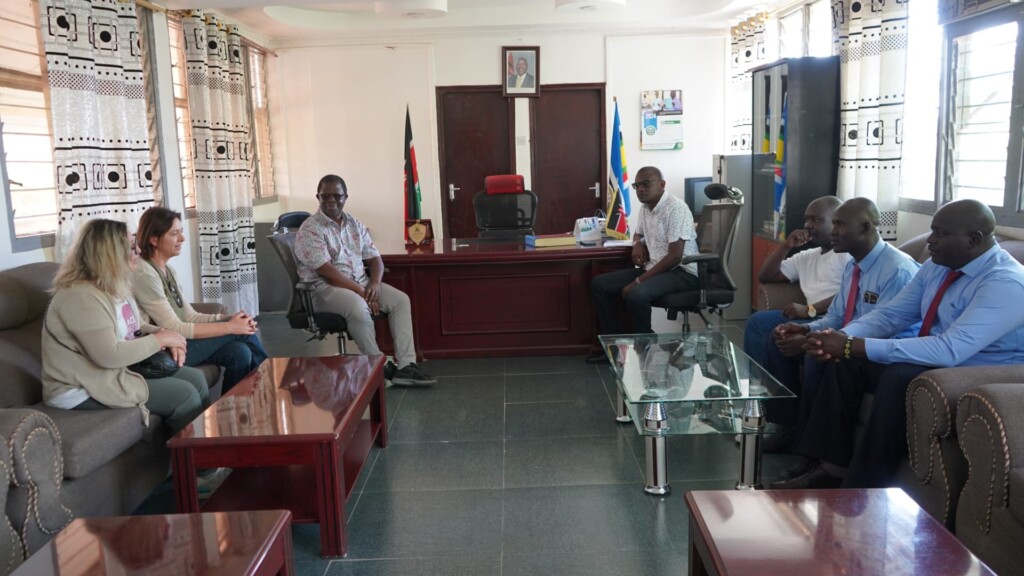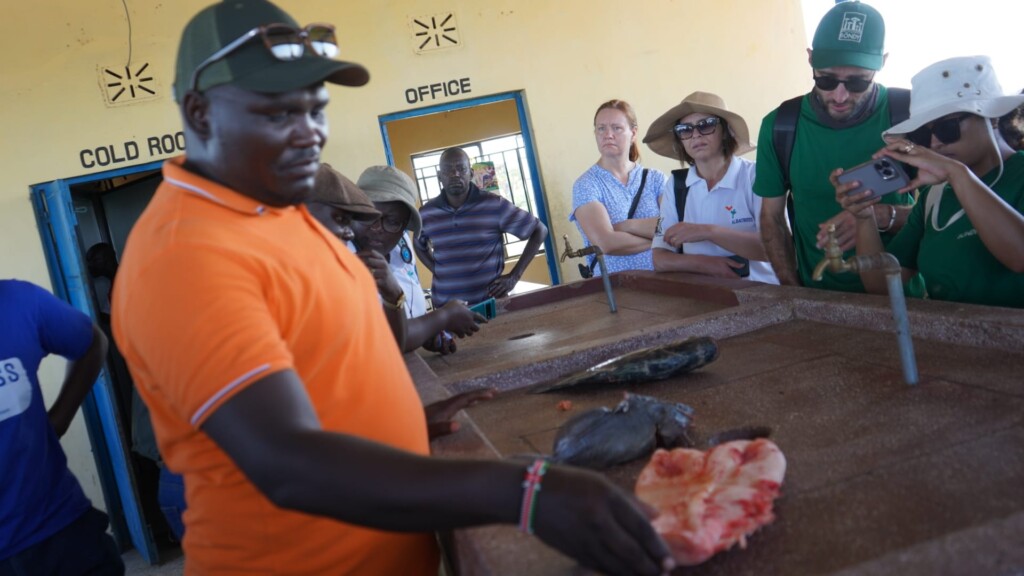Trip to Turkana to finish the General Assembly!
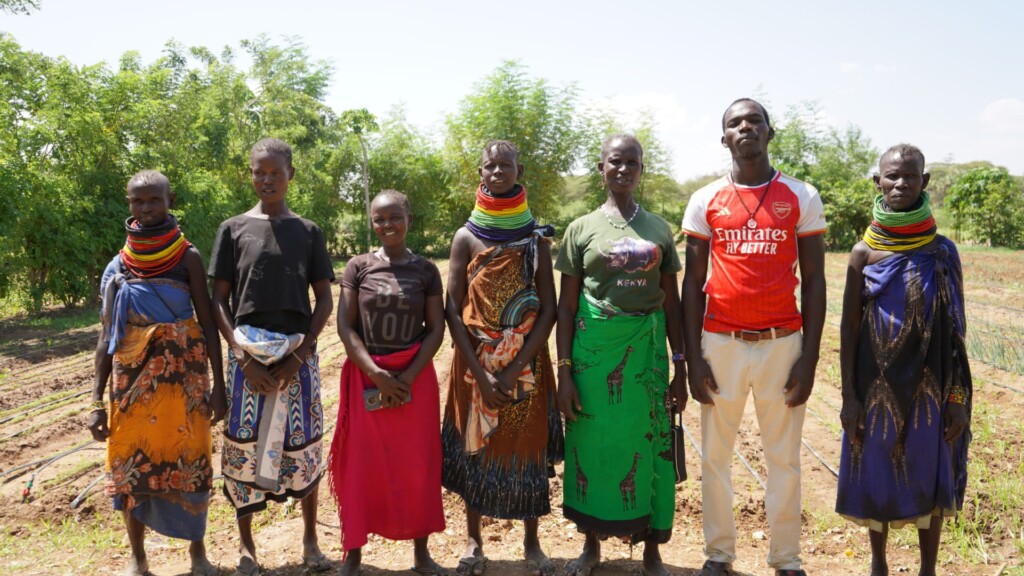
We travelled to Turkana to hear from stakeholders about how climate change is changing their lives and how they are responding with resilience and innovation. The aim of the trip was to visit Turkana County and get a first-hand look at the area.
Turkana County in north-western Kenya is based on pastoralism, a nomadic way of life centred on extensive livestock farming. The community migrates seasonally in search of water and grass due to drought and heat. However, their dependence on rainfall and temperature, coupled with frequent droughts and occasional floods, disrupts water and food availability, affecting the entire community.
After a courtesy meeting with local authorities in Turkana County, we met with local farmers and pastoralists who are among the most vulnerable to the region’s climate extremes. They shared their stories of adapting to prolonged droughts and erratic rainfall, highlighting the severe strain these changes have placed on food security, water resources and traditional livelihoods. Despite these challenges, their resilience and innovative responses provided inspiring insights into community-driven solutions.
This visit underlines the critical importance of collaborative efforts to address the impacts of climate change and build resilience in vulnerable regions such as Turkana. It was an unforgettable experience that deepened our commitment to advancing the goals of the ALBATROSS project and supporting communities in their journey towards sustainable development.
In the place where our oldest ancestor was found, in the area of human origin, the main livelihood today is pastoralism. They mainly raise goats and camels and live from fishing in Lake Turkana.
Through a government-led initiative, the local community is learning that they can also make a living from agriculture, or combined agro-pastoralism. Women are also the main beneficiaries of this initiative, as they have the role of vegetable supplier in their society. Women receive elementary education and are taught how to grow plants They have a television, one of the few in the community, where they learn by watching how things are done, such as composting, so that they are then able to replicate.
It is difficult to change a society based on tradition, but the results show that agriculture is possible in the region. It includes maize, sorghum, sandia, bananas, carrots and onions, and they are conducting pilot trials to introduce other fruit trees such as mango.


